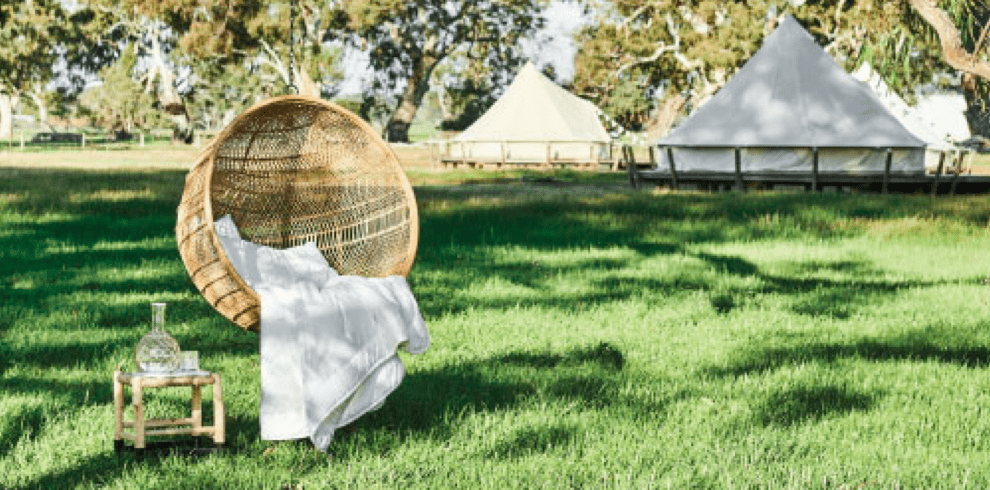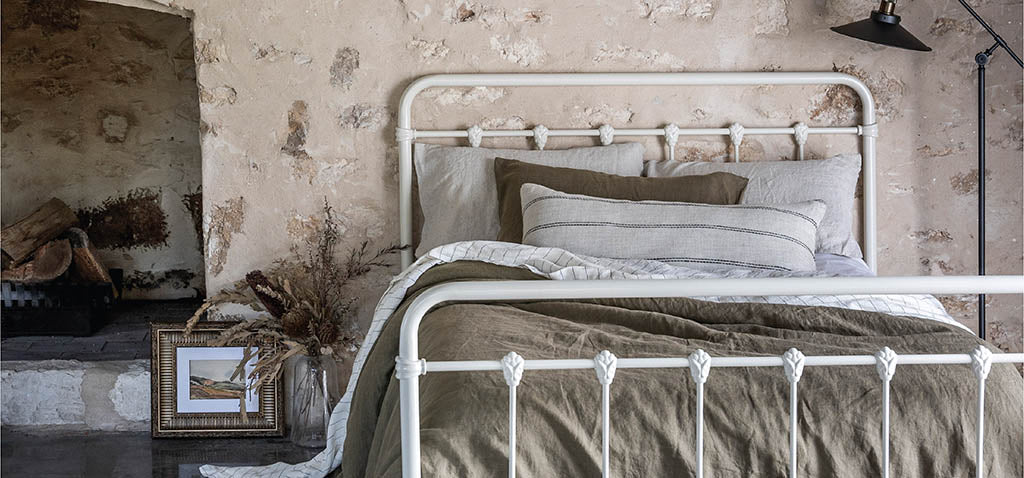Sleep – that blissful state of reduced consciousness that allows our body and brain to rest, consolidate and recharge. The role of sleep and its benefits for our health are generally well understood. But did you know that like a clock, sleep comes in cycles controlled by your hormones? Understanding your sleep cycle allows you to work with your body to maximise your quality of sleep.
What controls sleep?
Two body systems control sleep:
The homeostatic sleep drive process - this refers to the body’s innate ability to balance its sleep/wake time. After a long period of wakefulness, this is the process that makes us feel sleepy and helps determine the length of time we sleep for.
The Circadian rhythms - commonly known as the body clock, these rhythms run in the background performing the body’s essential functions and processes. Corresponding to the day/night light pattern, these 24 hour cycles control, among other things, our sleep cycle.

What are sleep cycles?
Sleep is made up of a series of cycles lasting approximately 90 minutes. Each cycle progresses through the non-REM (rapid eye movement) sleep stages to REM sleep before starting over. A typical night’s sleep is made up of four or five of these cycles.
Non-REM Stage 1 – light sleep. Lasting approximately 5-10 minutes, in this stage our muscles begin to relax and body temperature drops. Easily woken, you may not realise you have been asleep if you are wakened.
Non-REM Stage 2 – moderate sleep. With a duration of 30-40 minutes you are still reasonably easy to wake from this stage.
Non-REM Stage 3 – deep or slow wave sleep. Fully relaxed and fast asleep, you will be difficult to wake by this stage. This stage provides the deepest and most restorative sleep and depending on age will vary from 10-40 minutes in the first cycle.
Once you have slept for around 80 minutes, the body moves backwards through these stages and enters the first REM cycle.
REM sleep – unlike the non-REM stages, in REM sleep our brain is highly active. While we may not remember them, this is the stage when dreams occur. Early in the night, REM sleep periods are short, but lengthen in successive cycles. By morning, this stage may last as long as 40 minutes.
How do sleep cycles change as we age?
As we age, our sleep needs decrease and our sleep patterns change. Younger adults will sleep deeply each night and occasionally they may wake briefly. By comparison, older adults may sleep up to 2 hours less each night, waking frequently and for longer periods.
For more information click on SAHealth













































